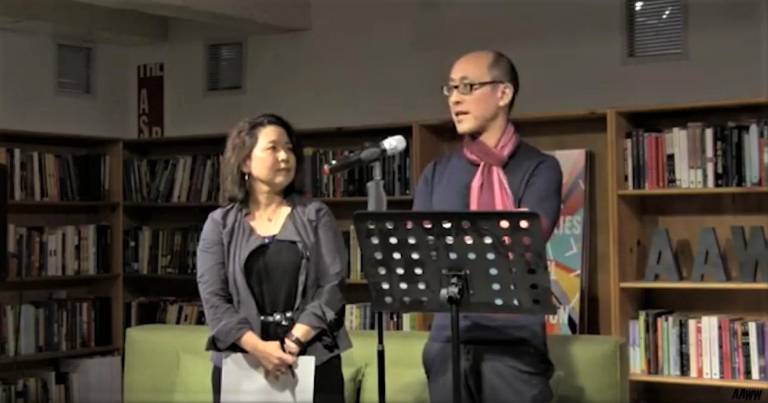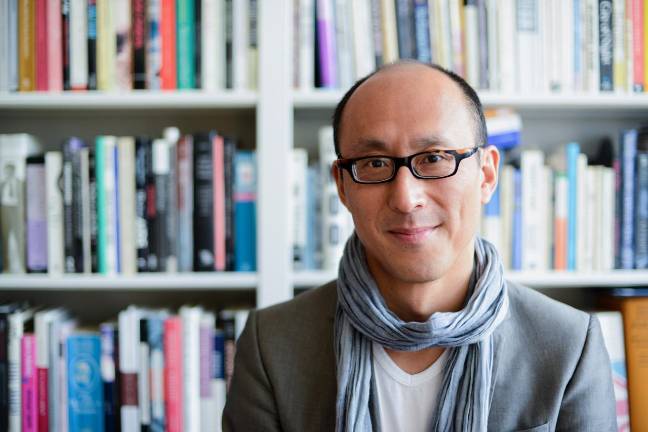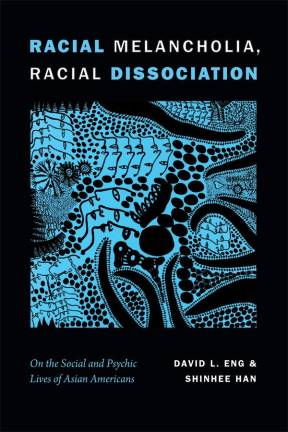New Names for New Pains
Spurred by tragedy, two former Columbia University faculty explore the unique mental health issues faced by young Asian Americans



By Oscar Kim Bauman
With their new book, "Racial Melancholia, Racial Dissociation," David L. Eng, Richard L. Fisher Professor of English at the University of Pennsylvania, and Dr. Shinhee Han, a psychotherapist at the New School, seek to develop new terminology through which the mental health of Asian Americans may be better understood and addressed.
Eng and Han came together at Columbia University in the 1990s. Eng was the university’s first professor of Asian American studies, and in fact its only Asian American humanities professor. Han was part of the counseling department. In September of 1998, Columbia undergraduate student Shirley Yoon died by suicide. Her death was part of what Han described as “a spate of suicides of Asian American students” during her time at the university.
Eng said that Yoon’s death “really, really affected us,” continuing “if we weren’t outright depressed, we were deeply disturbed by it.” Beyond the tragedy of the individual deaths, Eng felt that Columbia, and even American society, “didn’t understand Asian Americans as a community that deserved to be thought about as a group with special issues.”
Many Kinds of Loss
As Asian American faculty members, Han said, they felt that they were on the front lines of these issues. Eng said that they wondered what mental struggles were faced by Asian American students in particular. These questions lead them to write their first article together exploring the issue. Titled "A Dialogue on Racial Melancholia," it was published in 2000 in the Psychoanalytic Dialogues journal.
That initial article incorporates a dichotomy set forth in Sigmund Freud’s 1917 essay, "Mourning and Melancholia," the one between the two titular concepts. While in cases of mourning, a person knows what has been lost and can eventually process the loss and move on, in melancholia the sense of loss is unresolved, Han explained, and "the meaning of [melancholia] has to be deciphered.”
One source of melancholia for certain Asian Americans may be immigration. Eng explained that with immigration, “there are certain losses: the loss of your language, the loss of your culture.” U.S.-born Asian Americans, particularly those born to immigrant parents, are aware that they lack the ties to their ancestral homelands, which their ancestors, even their parents, possessed.
While Eng and Han primarily observed cases of racial melancholia among their students in the 1990s, by the 2010s, a new problem was emerging. According to Han, while depression was more prevalent in past decades, “now, everyone’s anxious.”
“Parachute Kids”
Eng and Han observed the phenomenon of racial dissociation primarily among millennials, many of whom are “parachute kids” who immigrate to the United States on their own to pursue an education.
The mental stress a parachute kid may be under is clear; Eng noted that immigration is stressful enough for an adult, and asked “what does it mean to do that as a child?” When it came to the parachute kids, the manifesting issues were panic and anxiety.
Parachute kids who don’t have the history of immigration, she said, are even cut off from much of the larger Asian American community’s shared experiences.
Their identities become dissociated, caught between pressure to conform to the “model minority” stereotype of the quiet, hardworking Asian American, and to honor traditional family values even while away from home. One such value that can be detrimental to a person's mental health, Han said, is to not share one’s problems.
Eng explained that pressure to conform to stereotypes easily leads to a dissociative personality. Suffering parachute kids may become one person to their teachers, another to their employers and still another to their family, unable to determine who they are at heart.
“We Love Our Students”
In the future, Han hopes to extend her scholarship into issues faced by particular subsets of the Asian American community, including multiracial Asian Americans and transgender Asian Americans.
Of the former group, she speculated that a racially ambiguous appearance could exacerbate the “perpetual foreigner” phenomenon experienced by many Asian Americans, who find themselves perceived as outsiders in both Asia and the United States.
Regarding the latter group, Han said that transgender issues are still poorly understood by the general public as a whole, but perhaps even less so in Asian American immigrant communities. She noted that in some languages “there’s no word for coming out,” making it impossible for LGBTQ+ Asian Americans to explain their experiences to their families.
Eng and Han hope that their work will raise awareness of the mental health issues faced by the Asian American community. “There’s a real demand and need for it,” Eng said. Added Han: “We wrote this book because of our ethical obligations to our students, because we love our students.”